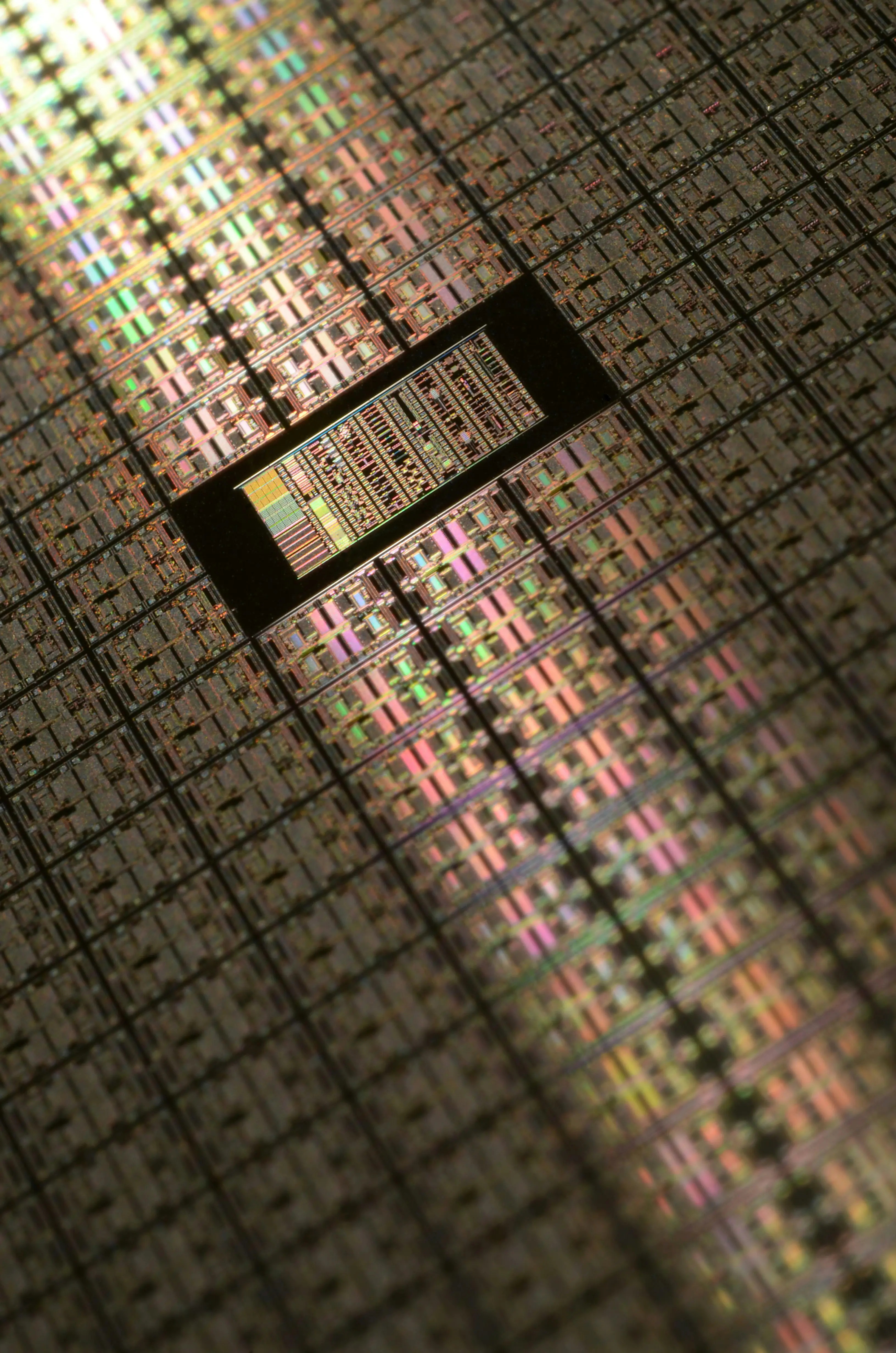Cornell's 'Microwave Brain': A Revolution In Low-Power Computing

Cornell University researchers have unveiled a groundbreaking microchip, dubbed the “microwave brain,” that promises to revolutionize the way we process data. This innovative processor is the first of its kind, capable of managing both ultrafast data and wireless communication signals by utilizing the unique physics of microwaves.
As detailed in Nature Electronics, this cutting-edge chip integrates a microwave neural network onto a single silicon microchip. It performs real-time computations in the frequency domain, which includes tasks such as decoding radio signals, tracking radar targets, and processing digital data—all while consuming less than 200 milliwatts of power.
Lead researcher Bal Govind, a doctoral student, explained the chip's versatility, stating, “It can be repurposed for several computing tasks by programmable distortion across a wide band of frequencies.” This means it can skip many of the signal processing steps required by conventional digital computers.
The microchip's neural network design mimics the brain's structure, using tunable waveguides to create interconnected modes. These allow the chip to recognize patterns and learn from data. In contrast to traditional digital neural networks, which depend on step-by-step digital operations, this chip employs analog, nonlinear behavior in the microwave range. This enables it to process data streams at speeds in the tens of gigahertz, far surpassing most digital chips.
Alyssa Apsel, co-author and Director of Electrical and Computer Engineering at Cornell, noted the unconventional approach taken by Govind, highlighting that the chip doesn’t replicate digital neural networks but instead offers a new paradigm in frequency behavior control for high-performance computation.
The chip excels at both simple logic functions and complex tasks, achieving over 88% accuracy in multiple classification tasks involving wireless signals. Its power efficiency and compact size make it competitive with digital networks.
The chip’s sensitivity to inputs makes it ideal for hardware security applications, such as detecting anomalies in wireless communications across various microwave frequencies. The researchers also envision future applications in edge computing for devices like smartwatches and smartphones, potentially reducing dependence on cloud servers.
This innovative work is part of a larger project supported by the Defense Advanced Research Projects Agency and the Cornell NanoScale Science and Technology Facility, partially funded by the National Science Foundation.